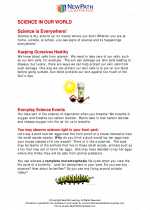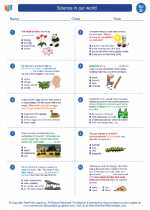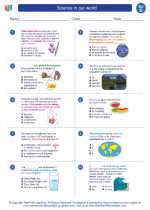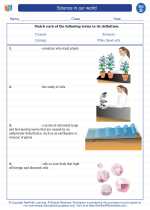Synthetic Rubber
Synthetic rubber is a type of artificial elastomer that is produced through the chemical process. It is designed to mimic the properties of natural rubber, but it is manufactured in a controlled industrial setting. Synthetic rubber has a wide range of applications in the automotive, aerospace, construction, and medical industries due to its durability, flexibility, and resistance to heat and chemicals.
Properties of Synthetic Rubber
- Elasticity: Like natural rubber, synthetic rubber can stretch and return to its original shape.
- Durability: It is resistant to wear and tear, making it suitable for various industrial applications.
- Resistance to Heat and Chemicals: Synthetic rubber can withstand high temperatures and is impervious to many chemicals, making it ideal for use in harsh environments.
- Flexibility: It can bend and flex without cracking, making it suitable for use in hoses, seals, and gaskets.
Production of Synthetic Rubber
Synthetic rubber is produced through the process of polymerization, which involves the chemical reaction of monomers to form long chains of polymers. The most common monomers used in the production of synthetic rubber are butadiene and styrene. These monomers are mixed with various additives and catalysts to control the properties of the resulting synthetic rubber.
Types of Synthetic Rubber
There are several types of synthetic rubber, each with its own unique properties and applications:
- Styrene Butadiene Rubber (SBR): SBR is a versatile synthetic rubber used in tire manufacturing, conveyor belts, and footwear.
- Polybutadiene Rubber (BR): BR is known for its high resilience and is commonly used in the production of tires and mechanical goods.
- Neoprene: Neoprene is a synthetic rubber with excellent resistance to oils, chemicals, and extreme temperatures, making it suitable for gaskets, hoses, and wetsuits.
- Nitrile Rubber (NBR): NBR is highly resistant to oil, fuel, and other chemicals, making it ideal for use in automotive seals and gaskets.
Environmental Impact
While synthetic rubber offers many benefits, its production and disposal can have environmental implications. The chemicals and energy required for its production, as well as the non-biodegradable nature of synthetic rubber, contribute to environmental concerns. However, ongoing research and development in the field of sustainable materials aim to mitigate these impacts.
Study Guide
- What is synthetic rubber and how does it differ from natural rubber?
- Describe the properties of synthetic rubber and provide examples of its applications.
- Explain the process of polymerization in the production of synthetic rubber.
- List and describe at least three types of synthetic rubber and their uses.
- Discuss the environmental impact of synthetic rubber and potential solutions to mitigate its effects.
◂Science Worksheets and Study Guides Fourth Grade. Science in our world

 Worksheet/Answer key
Worksheet/Answer key
 Worksheet/Answer key
Worksheet/Answer key
 Worksheet/Answer key
Worksheet/Answer key
 Vocabulary/Answer key
Vocabulary/Answer key
